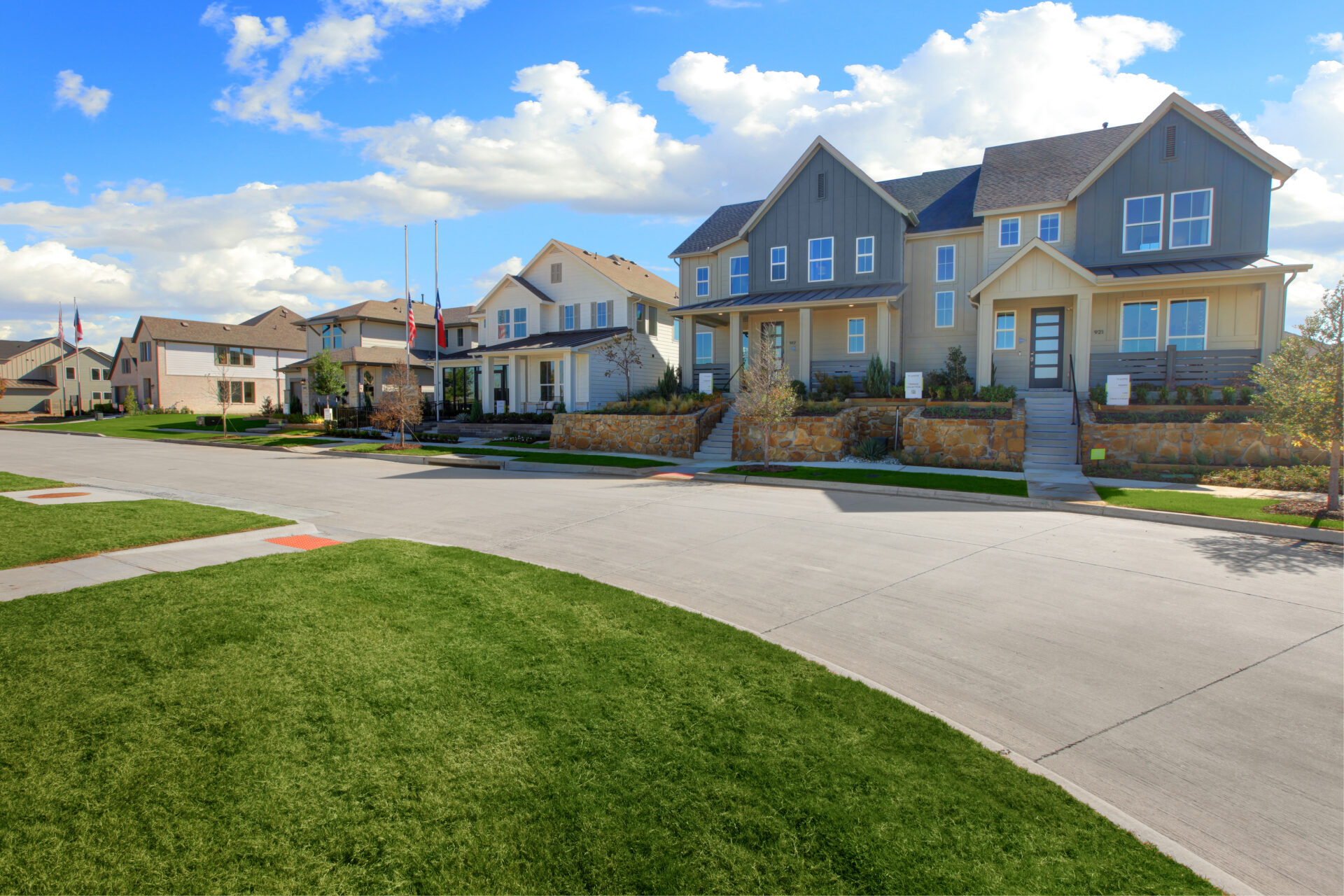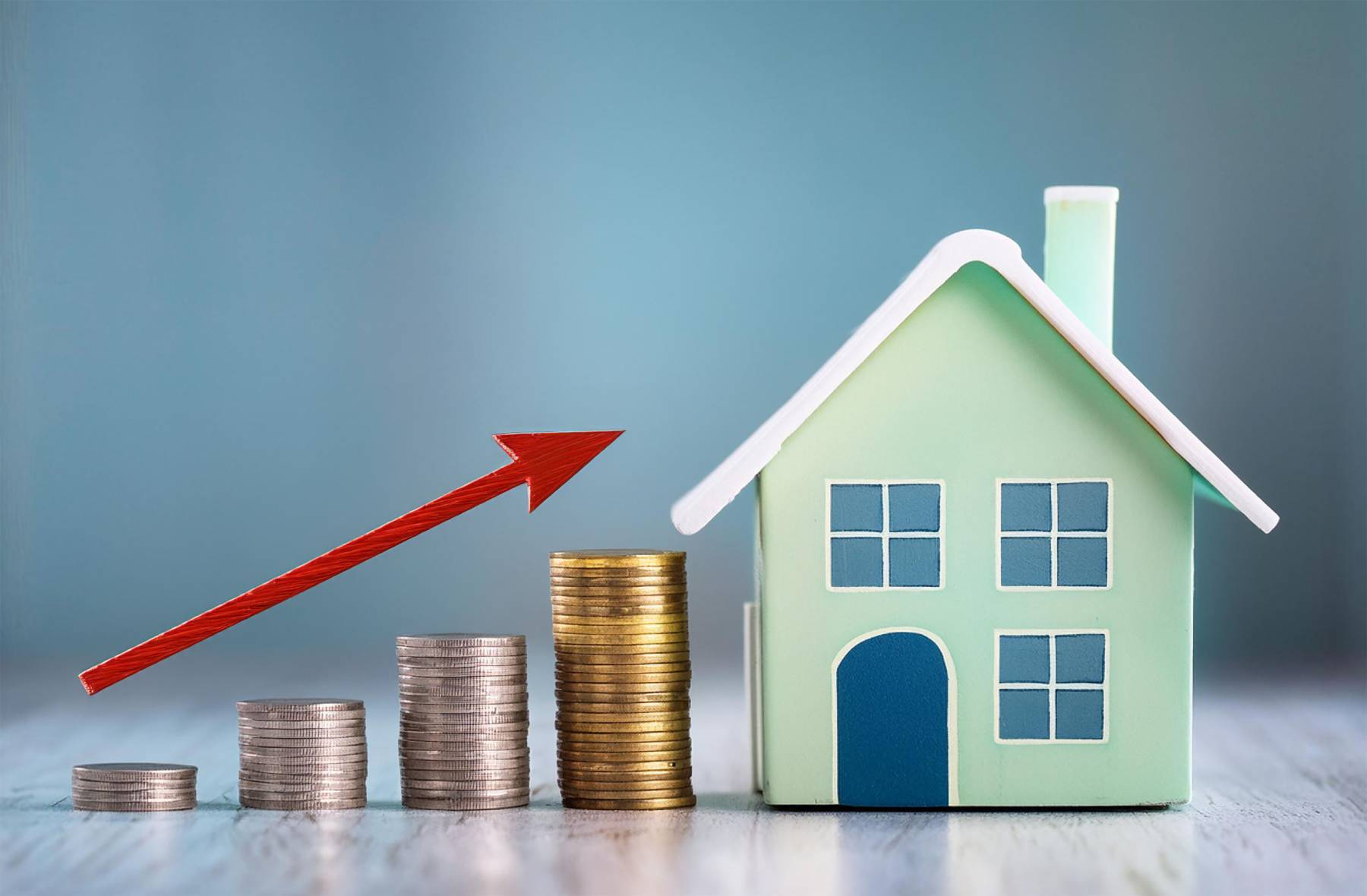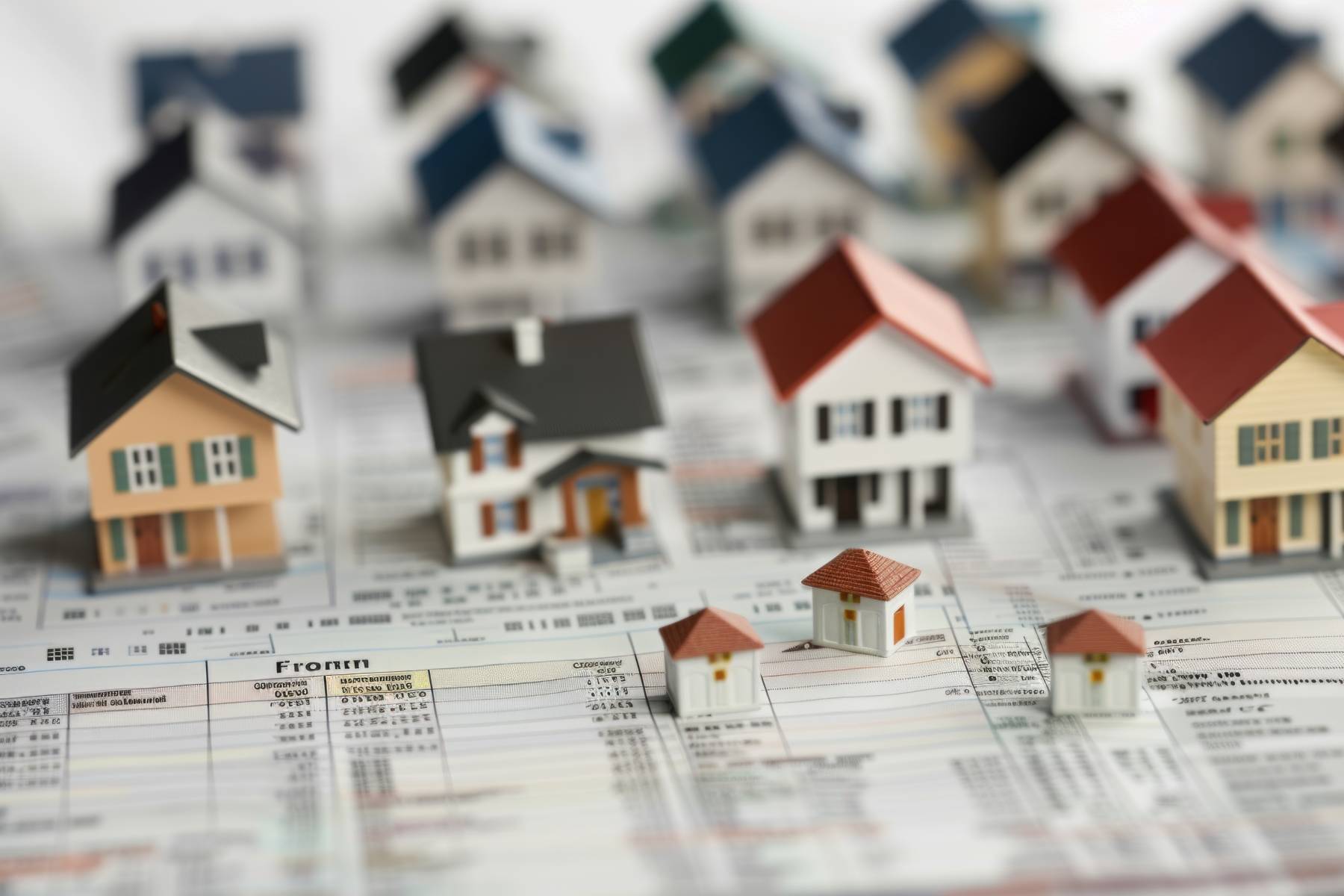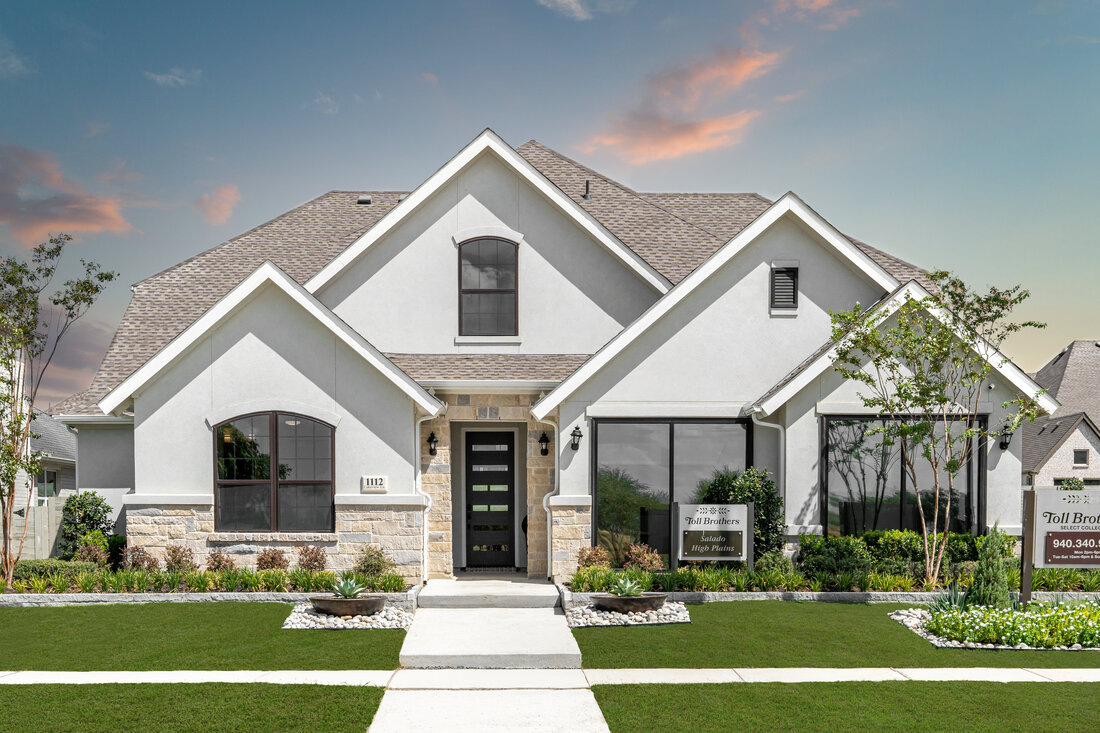
The housing market is complex, with countless factors influencing home prices. Two key elements that influence the market are new home construction sales and new and existing home inventory levels. Their relationship is symbiotic, yet intricate, and understanding their impact on pricing is key for both buyers and sellers.
Imagine a seesaw – on one end sits demand, fueled by factors like population growth and economic strength, among others. On the other, we have supply, represented by existing houses and, critically, new home construction inventory. Below we explore the factors that affect the sales price of new construction and existing homes and break down the relationship between new and existing home inventory and pricing.

When the supply of homes available to buy exceeds the number of buyers looking to buy a home, this is known as a buyer’s market. Sellers of existing homes and builders selling new construction homes must compete for available buyers, which drives down the sales price.
When available home inventory is low, it creates a seller’s market. Buyers have fewer options, driving up competition for available homes. This increased demand pushes the sales price upward, as sellers can command higher premiums for their limited supply. Think of it like attending an auction with only a few items up for grabs – the bidding wars naturally escalate, leading to a rise in the final price.
However, the story doesn’t end there. Higher home prices and robust sales motivate builders to increase construction. This adds more new houses to the market, gradually tipping the seesaw towards the supply side. As inventory rises, buyer competition lessens, potentially leading to price stabilization or even slight moderation in the median sales price.
However, construction timelines are long, so even a surge in building activity takes months to translate into increased sale inventory. Furthermore, new construction pricing comes with its own set of dynamics. Unlike existing homes, builders have more flexibility in adjusting the sales price based on market conditions. They can offer incentives like free upgrades or mortgage rate buy-downs to entice buyers even in a softening market. Additionally, construction costs like materials and labor play a significant role in determining the price of new houses, adding another layer of complexity.
It’s important to remember that the housing market isn’t monolithic. Local factors like job markets, zoning regulations, and land availability can significantly impact home prices in specific regions. For example, the Dallas-Fort Worth market can be a more builder-friendly construction market due to the region’s relative ease of permitting and more limited regulatory environment. For these reasons, a national trend of low inventory might not translate to the cities and neighborhoods in the DFW area.
Beyond just supply and demand, there are many other factors that affect home prices and sales. External factors like rising interest rates, political instability, national/international crises, the economic forecast, inflation, and other factors also greatly impact demand, further complicating the equation.
Recently, an international crisis, the COVID-19 pandemic, had a dramatic effect on the U.S. housing market. Its impact and accompanying economic disruption are still being felt, with many estimates showing long-term consequences on the number of houses sold.
Beginning in 2020, the COVID-19 pandemic upended the housing market. Initially, demand dipped slightly due to economic uncertainty. However, a surprising trend emerged: soaring demand for homes, particularly those that accommodated working from home and offered outdoor living spaces and/or easy access to outdoor recreation areas. Remote work opportunities meant you could live anywhere, opening up relocation options that would not have previously been on the table. Low interest rates further fueled demand, creating a seller’s market with a rapid rise in the sales price.
Home builders experienced their own set of challenges during the pandemic. Supply chain disruptions led to material shortages and price hikes. Labor shortages further hampered construction timelines, driving home inventories even lower. Higher materials prices and low inventories put upward pressure on home prices as well; the number of homes sold decreased as a result.
COVID-19 affected more than just housing prices. Everything became more expensive and consumers began to feel the pinch of inflation. To combat it, the Fed embarked on a series of interest rate hikes in 2023 with the goal of slowing spending, cooling the economy, and curbing inflation, without triggering a recession.
Higher interest rates directly impact the housing market by making mortgages more expensive. Higher rates typically reduce demand for homes, leading to price stabilization or even modest decreases in home prices. This can affect the number of houses sold and the overall sales contract volume.

The DFW area doesn’t fit the mold when it comes to typical housing markets. Dallas-Fort Worth is one of the fastest growing metro areas in the nation, adding more people than any other metro between 2021 and 2022. A strong economy, warm climate, and an excellent job market are factors that have driven people and corporations to relocate to the area in droves. More than 260 companies have expanded operations or relocated to DFW since 2020. One study predicts that Dallas-Fort Worth could be the largest metro area in the country by the end of the century.
DFW’s explosive population growth has spawned tremendous demand for homes, fueling a boom in new construction, particularly new single family houses in suburban areas. New home communities like Harvest by Hillwood in Argyle and Northlake, Texas are being created to offer buyers an opportunity to buy modern, energy efficient homes in up-and-coming neighborhoods.
Even with many new home communities springing up around the region, the market tightened significantly in recent years due to a housing shortage and high demand, mirroring the national trend. A rise in interest rates in 2023 slowed demand somewhat, however inventory of existing homes shrunk to a greater degree. Homeowners with low-interest rate mortgages were reluctant to sell when their next home would come with a much higher rate. Housing remained scarce as new residential populations continued to relocate to the area. New home builders with available inventory and home sites often had the only reasonably priced options for home shoppers to consider when looking at residential sales.
So, what does this intricate dance between new construction and pricing mean for homebuyers considering a sale?
Sellers should be aware of how new home construction activity in your area might impact the demand for your existing home. If inventory is on the rise, consider strategic pricing and marketing to stand out in a competitive market.
Homebuyers should stay informed about local inventory levels and construction trends. Understand that new construction prices might be less flexible than existing homes, but incentives can offer opportunities for a better sales price. New construction homes like those found at Harvest may offer a greater long-term value proposition versus an existing home that has already been sold once.
Be sure to consider factors like community amenities, access to schools, and personal preferences when making your decision. New home communities like Harvest are part of top-rated school districts like Northwest ISD and Argyle ISD. And they include amazing amenities like fitness centers, resort-style pools, splash pads, dog parks, event venues, sports courts, outdoor living spaces, and more. Some neighborhoods also include lifestyle programs. Harvest, for example, has an incredible, award-winning lifestyle program that offers more than 300 activities, clubs, events, and classes each year for neighbors to enjoy.
While pricing is a crucial factor, remember that buying or selling a home is more than just a financial transaction. It’s a decision to become part of a community.

We hope this guide has shed some light on the interplay between home supply, demand, inventory and pricing, and demonstrated the important part new construction homes play in the mix.
If you’re in the market for a new home, Harvest by Hillwood has new construction homes for sale that are under construction and almost move-in ready. There are many designs to choose from, and many of our builders are offering incentives. It’s a great time to buy! Browse your new home options online or come take a look at our builder’s models.
Find your new home at Harvest and start the exciting journey of building your dream home today.
